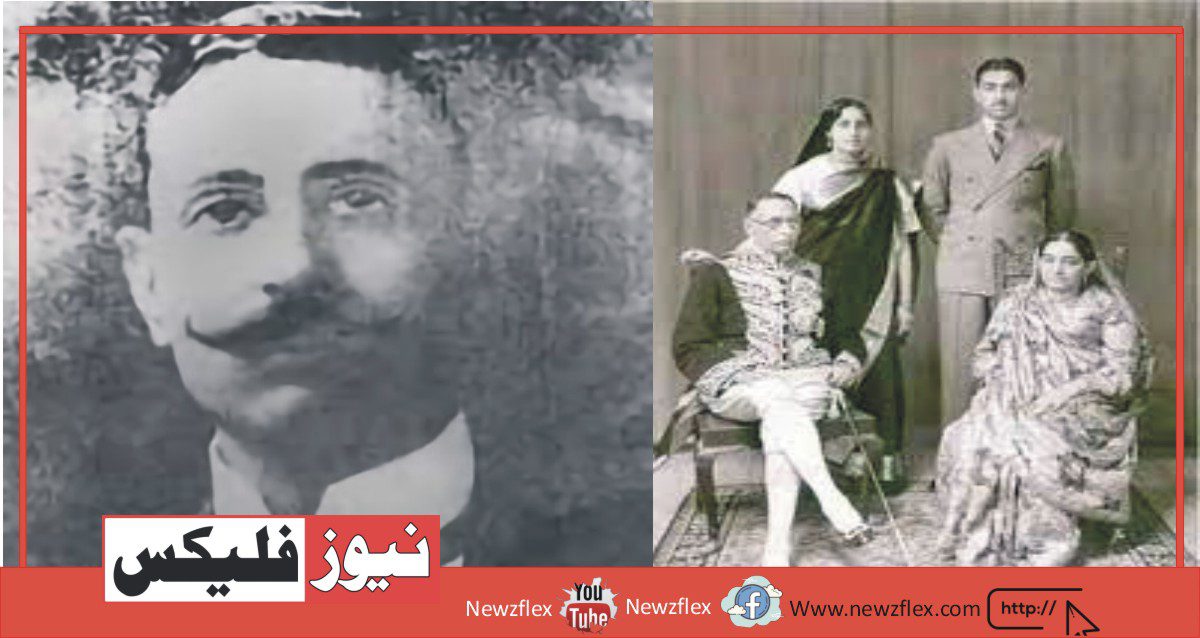
1820–1910: Florence Nightingale
Childhood:
Born: An affluent British family in Florence, Italy on May 12, 1820. She was given a name derived from her natal city.
Family: Frances and William Edward Nightingale were her parents. Parthenope was her only sibling.
Education: For a woman of her era, Nightingale’s classical education was unusual. She received tutoring in modern languages, mathematics, philosophy, and history.
Making a Nursing Call:
Even though her family didn’t think nursing was a viable career for a woman of her social standing, Nightingale felt a vocation to the nursing field at an early age.
She completed her nursing training at Kaiserswerth, Germany’s Institute of Protestant Deaconesses in 1851.
Crimean War:
During the Crimean War in 1854, Nightingale was sent to oversee a team of nurses who would provide care for British soldiers.
She was horrified to see the filthy conditions and high death rates at the British base hospital in Scutari.
She restructured the hospital and put in place stringent hygiene regulations, which dramatically decreased the hospital’s infection-related mortality rate.
The Lamp-Carrying Woman:
Because of her devotion and compassion, Florence Nightingale earned the nickname “The Lady with the Lamp” for her nightly rounds of providing medical care for injured troops.
Contributions Made After the War:
Nightingale went back to England after the war and carried on her efforts to change healthcare.
She released “Notes on Nursing: What It Is and What It Is Not,” a seminal work that established the nursing profession, in 1859.
She revolutionised nursing education in 1860 when she founded the Nightingale Training School for Nurses at St. Thomas’ Hospital in London.
Statistics and Public Health:
When it came to using statistics to enhance public health, Nightingale was a pioneer. She illustrated the effects of sanitary measures with statistical analysis.
She later became an honorary member of the American Statistical Association and was the first woman inducted into the Royal Statistical Society.
Later Years:
Even though she had a chronic illness, Nightingale persisted in her advocacy for healthcare reform and offered recommendations for hygienic practices in hospitals.
She communicated with and had an impact on international and British public health policy.
Demise:
At the age of 90, Florence Nightingale passed away on August 13, 1910. She was laid to rest in a family grave in St. Margaret’s Church, East Wellow, Hampshire.
History:
Most people agree that Florence Nightingale founded modern nursing.
The groundwork for professional nursing practice and education was established by her efforts.
May 12th, her birthday, is designated as International Nurses Day in her honour.
The worldwide Red Cross established the Florence Nightingale Medal, which is the highest worldwide honour awarded to a nurse.
Nursing and public health have been forever changed by Nightingale’s dedication to patient care, use of evidence-based methods, and emphasis on cleanliness and hygiene.
فلورنس نائٹنگیل (1820-1910)
ابتدائی زندگی
پیدائش: 12 مئی، 1820، فلورنس، اٹلی میں، ایک امیر برطانوی خاندان میں۔ اس کا نام اس کی پیدائش کے شہر کے نام پر رکھا گیا تھا۔
خاندان: اس کے والدین ولیم ایڈورڈ نائٹنگیل اور فرانسس نائٹنگیل تھے۔ اس کی ایک بہن تھی، پارتھینوپ۔
تعلیم: نائٹنگیل نے کلاسیکی تعلیم حاصل کی، جو اس وقت کی خواتین کے لیے نایاب تھی۔ وہ ریاضی، فلسفہ، تاریخ، اور جدید زبانوں جیسے مضامین میں پڑھتی تھیں۔
نرسنگ کو کال کرنا
نائٹنگیل نے اپنے خاندان کی مخالفت کے باوجود، چھوٹی عمر سے ہی نرسنگ کی طرف بلایا، جو نرسنگ کو اپنی سماجی حیثیت کی حامل خاتون کے لیے غیر موزوں پیشہ سمجھتے تھے۔
سال 1851 میں، اس نے جرمنی کے قیصر ورتھ میں انسٹی ٹیوٹ آف پروٹسٹنٹ ڈیکونیسیس میں بطور نرس تربیت حاصل کی۔
کریمین جنگ
سال 1854 میں، نائٹنگیل کو کریمین جنگ کے دوران برطانوی فوجیوں کی دیکھ بھال کے لیے نرسوں کے ایک گروپ کی قیادت کے لیے مقرر کیا گیا۔
سکوٹاری کے برطانوی بیس ہسپتال پہنچنے پر، وہ غیر صحت بخش حالات اور اموات کی بلند شرح سے حیران رہ گئی۔
اس نے حفظان صحت کے سخت طریقوں پر عمل درآمد کیا اور ہسپتال کو دوبارہ منظم کیا، جس سے انفیکشن سے اموات کی شرح میں نمایاں کمی آئی۔
چراغ کے ساتھ لیڈی
نائٹنگیل زخمی فوجیوں کی دیکھ بھال کے لیے رات کے چکر لگانے کے لیے ‘دی لیڈی ود دی لیمپ’ کے نام سے مشہور ہوئی، جو اس کی لگن اور ہمدردی کا ثبوت ہے۔
جنگ کے بعد کی شراکتیں
جنگ کے بعد، نائٹنگیل انگلینڈ واپس آگئی اور صحت کی دیکھ بھال میں اصلاحات میں اپنا کام جاری رکھا۔
سال 1859 میں، اس نے ‘نرسنگ پر نوٹس: یہ کیا ہے اور یہ کیا نہیں’ شائع کیا، نرسنگ کے پیشے کے لیے ایک بنیادی متن۔
سال 1860 میں، اس نے نرسنگ کی تعلیم میں انقلاب برپا کرتے ہوئے لندن کے سینٹ تھامس ہسپتال میں نرسوں کے لیے نائٹنگیل ٹریننگ سکول قائم کیا۔
صحت عامہ اور شماریات
نائٹنگیل صحت عامہ کو بہتر بنانے کے لیے اعدادوشمار کے استعمال میں پیش پیش تھا۔ اس نے سینیٹری اصلاحات کے اثرات کو ظاہر کرنے کے لیے شماریاتی تجزیہ کا استعمال کیا۔
وہ رائل شماریاتی سوسائٹی میں داخل ہونے والی پہلی خاتون تھیں اور بعد میں امریکن سٹیٹسٹیکل ایسوسی ایشن کی اعزازی رکن بنیں۔
بعد کی زندگی
دائمی بیماری میں مبتلا ہونے کے باوجود، نائٹنگیل نے ہسپتال کے ڈیزائن اور صفائی ستھرائی کے بارے میں مشورہ دیتے ہوئے، صحت کی دیکھ بھال میں اصلاحات میں اپنا کام جاری رکھا۔
اس نے برطانیہ اور بین الاقوامی سطح پر صحت عامہ کی پالیسی کے ساتھ خط و کتابت کی اور اس کو متاثر کیا۔
موت
فلورنس نائٹنگیل کا انتقال 13 اگست 1910 کو 90 سال کی عمر میں ہوا۔ انہیں ایک خاندانی پلاٹ میں سینٹ مارگریٹ چرچ، ایسٹ ویلو، ہیمپشائر میں دفن کیا گیا۔
میراث
نائٹنگیل کو وسیع پیمانے پر جدید نرسنگ کا بانی سمجھا جاتا ہے۔
اس کے کام نے پیشہ ورانہ نرسنگ پریکٹس اور تعلیم کی بنیاد رکھی۔
نرسوں کا عالمی دن ان کی سالگرہ، 12 مئی کو ان کے اعزاز میں منایا جاتا ہے۔
فلورنس نائٹنگیل میڈل، جو انٹرنیشنل ریڈ کراس نے قائم کیا ہے، وہ اعلیٰ ترین بین الاقوامی اعزاز ہے جو ایک نرس حاصل کر سکتی ہے۔
مریض کی دیکھ بھال، ثبوت پر مبنی طریقوں کے استعمال، اور حفظان صحت اور صفائی پر زور دینے کے لیے نائٹنگیل کی وابستگی نے نرسنگ اور صحت عامہ کے میدان میں انمٹ نقوش چھوڑے ہیں۔








